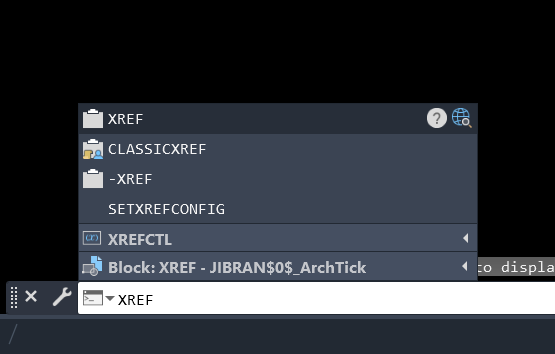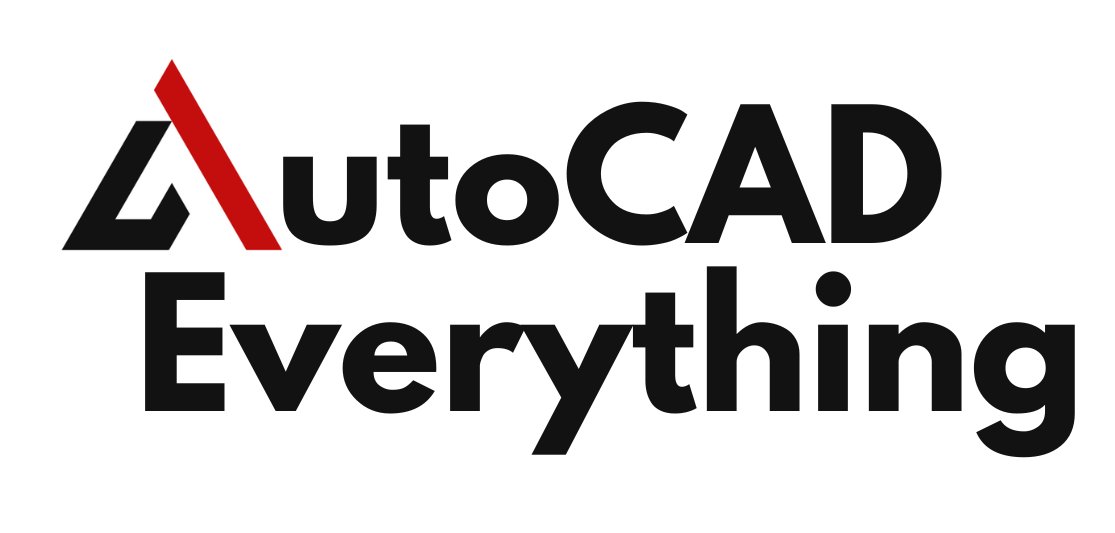Introduction
AutoCAD is a versatile and powerful design tool that caters to a wide range of industries and tasks, from 2D drafting to 3D modeling. To help users navigate its extensive features, AutoCAD provides a feature called “Workspaces.” Workspaces are predefined environments within AutoCAD, each designed to optimize the user interface for specific tasks. Whether you’re focusing on 2D drawing, 3D modeling, or annotation, switching between and customizing workspaces can greatly enhance your efficiency. This guide will explore how to switch between different workspaces in AutoCAD and how to customize them to better fit your workflow.
Table of Contents
Understanding AutoCAD Workspaces
What are AutoCAD Workspaces?
AutoCAD workspaces are predefined sets of tools, menus, and interface elements organized to suit particular tasks. For example, a workspace designed for 2D drafting might prioritize tools like the Line, Circle, and Trim commands, while a 3D modeling workspace would focus on tools such as Extrude, Revolve, and 3D navigation controls. Workspaces allow you to switch quickly between different toolsets, reducing the time spent searching for commands and improving overall productivity.
Default Workspaces in AutoCAD
AutoCAD typically comes with several default workspaces tailored to common tasks:
- Drafting & Annotation: Optimized for 2D drawing and annotation, this workspace includes tools for creating and editing 2D geometry, adding text and dimensions, and managing layers.
- 3D Basics: Designed for users who are new to 3D modeling, this workspace provides a simplified set of 3D tools that are easy to navigate.
- 3D Modeling: A more advanced workspace for 3D design, it includes a comprehensive set of tools for creating and modifying 3D models, as well as for rendering and visualization.
- AutoCAD Classic: For users who prefer the old-school AutoCAD interface, this workspace mimics the classic toolbars and menus found in earlier versions of the software.
Switching Between AutoCAD Workspaces
How to Switch Workspaces
Switching between workspaces in AutoCAD is straightforward and can be done in several ways:
- Workspace Switching Menu: Located in the Quick Access Toolbar at the top of the AutoCAD window, the Workspace Switching menu allows you to quickly select a different workspace from a drop-down list.
- Ribbon Interface: In the Ribbon, you can switch workspaces by clicking on the Workspace Switching icon, which typically appears at the top-right corner of the interface.
- Command Line: You can also switch workspaces by typing the command
WORKSPACEfollowed by the name of the workspace you wish to activate. For example, typeWORKSPACEfollowed byDrafting & Annotationto switch to the drafting workspace.

Benefits of Switching Workspaces
Switching workspaces allows you to adapt the AutoCAD interface to the task at hand. By choosing a workspace that is tailored to your current project, you can access the tools you need more quickly and work more efficiently. This flexibility is particularly useful in multi-disciplinary projects, where you might need to switch between 2D drafting, 3D modeling, and annotation frequently.
Customizing AutoCAD Workspaces
Why Customize Your Workspace?
While the default workspaces in AutoCAD are designed to be broadly applicable, customizing a workspace can tailor the interface to your specific needs and preferences. Customization allows you to prioritize the tools and commands you use most frequently, streamline your workflow, and create a more intuitive work environment.
Steps to Customize a Workspace
- Select a Base Workspace
Start by selecting a base workspace that is closest to your desired setup. For example, if you primarily work in 3D, start with the “3D Modeling” workspace. - Open the Customize User Interface (CUI) Editor
The CUI editor is where you can modify workspaces, toolbars, menus, and the Ribbon. To open the CUI editor, typeCUIinto the Command Line and press Enter. This will bring up the CUI editor window. - Modify Toolbars and Menus
In the CUI editor, you can add, remove, or rearrange toolbars, menus, and panels within your workspace. For example, if you frequently use the Layer Properties Manager, you can add it to a more prominent location in your workspace. - Customize the Ribbon
The Ribbon is one of the most commonly customized elements of the AutoCAD interface. In the CUI editor, you can create custom Ribbon tabs and panels that group together the commands you use most often. You can also modify existing tabs by adding or removing commands. - Create and Save a Custom Workspace
Once you’ve customized the interface to your liking, you can save the changes as a new workspace. In the Workspace Switching menu, select “Save Current As” and enter a name for your custom workspace. This allows you to switch back to this setup whenever needed. - Assign Keyboard Shortcuts
For even greater efficiency, consider assigning custom keyboard shortcuts to the commands you use most frequently. This can be done in the CUI editor by selecting the command you want to assign a shortcut to and entering the desired key combination.
Managing and Sharing Custom Workspaces
Exporting Workspaces
AutoCAD allows you to export your custom workspaces so that they can be shared with colleagues or transferred to another computer. To export a workspace, open the CUI editor, select the workspace you want to export, and use the “Transfer” tab to save the workspace to a .CUIX file. This file can then be imported into another instance of AutoCAD.
Importing Workspaces
To import a custom workspace, open the CUI editor, go to the “Transfer” tab, and load the .CUIX file containing the workspace. This feature is particularly useful in team environments, where multiple users need to work with the same interface setup.
Resetting Workspaces to Default
If you’ve made changes to a workspace and want to revert back to the default settings, you can reset the workspace. In the Workspace Switching menu, select “Reset to Default,” and the workspace will return to its original configuration. This option is useful if you need to troubleshoot issues or simply want to start fresh with your workspace customization.
Tips for Effective Workspace Customization
- Keep It Simple: While it’s tempting to add a lot of tools and commands to your workspace, a cluttered interface can be counterproductive. Focus on the tools you use most often and organize them logically.
- Group Related Tools: When customizing the Ribbon or toolbars, group related tools together. For example, place all annotation tools in the same panel or tab, making it easier to find what you need.
- Test Your Setup: After customizing your workspace, take some time to work in it and see how it feels. You may find that certain tools need to be moved or that additional commands are necessary.
- Backup Your Customizations: Regularly export and back up your custom workspaces. This ensures that your setup can be restored quickly if you experience any issues with AutoCAD or need to transfer your workspace to another machine.
Suggested Read- Exploring AutoCAD Ribbon
Conclusion
AutoCAD workspaces are a powerful feature that allows you to tailor the interface to your specific needs, making it easier to access the tools and commands that are most relevant to your tasks. Whether you’re switching between default workspaces or creating your own custom setup, understanding how to manage and customize workspaces can significantly enhance your productivity and streamline your design process. By taking the time to personalize your workspace, you can create a more efficient and intuitive working environment that supports your unique workflow.
FAQs
How do I switch between workspaces in AutoCAD?
You can switch between workspaces using the Workspace Switching menu located in the Quick Access Toolbar or by typing WORKSPACE followed by the workspace name in the Command Line.
Can I customize the AutoCAD Ribbon in a workspace?
Yes, you can customize the Ribbon in any workspace using the Customize User Interface (CUI) editor. You can add, remove, or rearrange Ribbon tabs and panels to fit your workflow.
How do I save a custom workspace in AutoCAD?
After customizing your workspace, save it by selecting “Save Current As” from the Workspace Switching menu and entering a name for your custom workspace.
Can I share my custom workspace with others?
Yes, you can export your custom workspace as a .CUIX file using the CUI editor’s “Transfer” tab. This file can be shared and imported into other instances of AutoCAD.
What should I do if I want to reset my workspace to the default settings?
To reset a workspace to its default settings, select “Reset to Default” from the Workspace Switching menu. This will revert the workspace to its original configuration.

